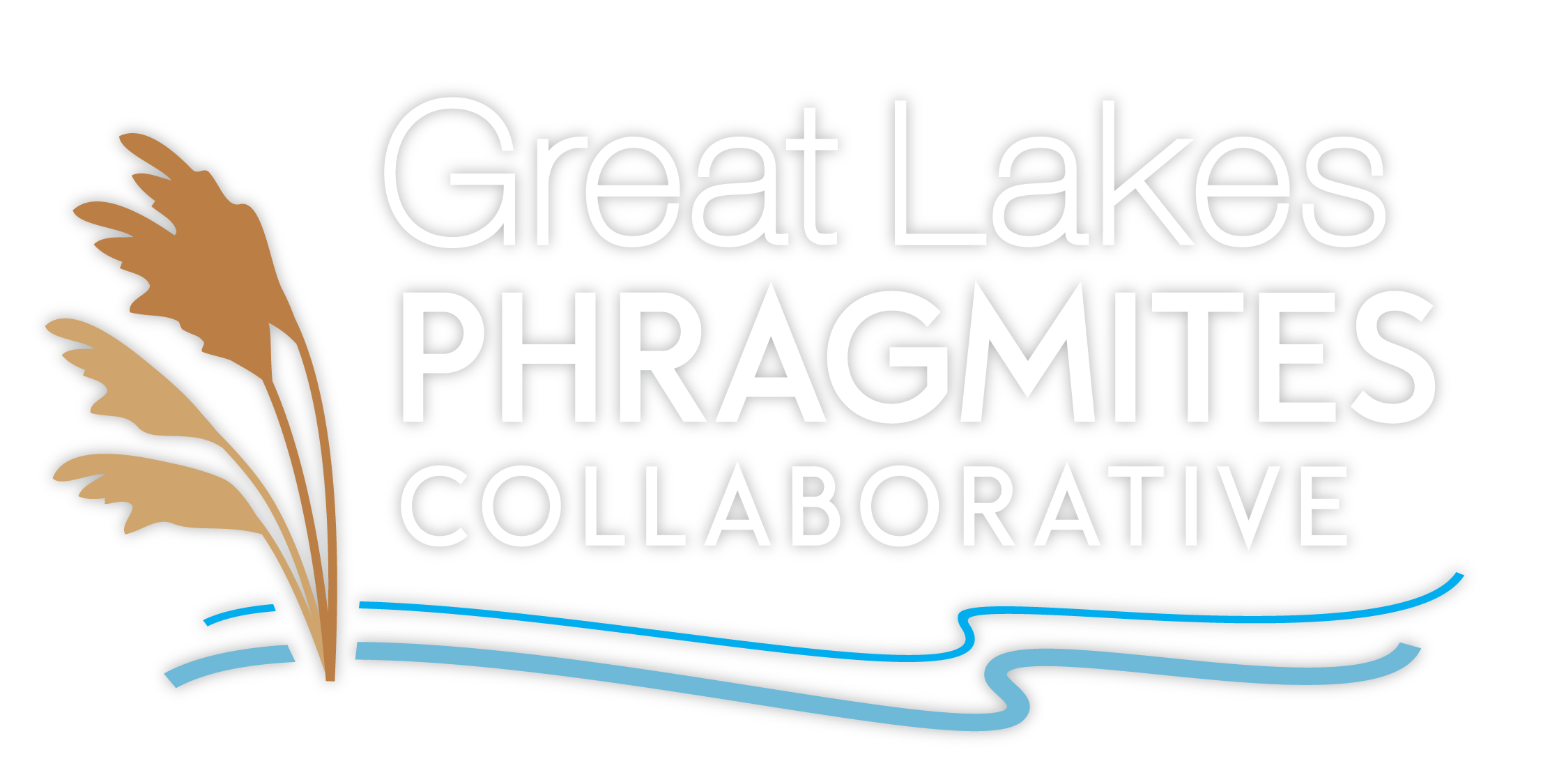The GLPC Blog
Learn about what’s going on in the world of Phragmites!
The GLPC Blog has it all with case studies, research updates, management technique topics and more! Scroll through our recent blogs below, or if you are looking for something specific use our blog search and check out our blog archive and blog topics on the right side of the page.
Blog Search
Search through our archive of blog posts here. If you are looking for related topics and terms to search check out some of our blog topics on our right side menu.
Why pre-cut Phragmites in the winter before the first year of chemical treatment?
Bob Williams. Some people believe that cutting invasive Phragmites helps it grow because the stand looks healthier; you see green growth, the brown dead material is all gone and the stand looks stronger than ever.
Developing A Sustainable Voluntary Phragmites Treatment Program
Chuck Miller. Establishing a sustainable Phragmites management program depends on commitment from stakeholders. This commitment can be supported by helping stakeholders see the benefit of concerted action in their own communities and with light touches of local government (especially where funding and oversight is concerned).
Do Symbiotic Bacteria Increase the Invasiveness of Phragmites australis?
James F. White, Mónica S. Torres, Marcos Antônio Soares, Kurt P. Kowalski. We are investigating the question of whether symbiotic microbes (bacteria and fungi) associated with invasive Phragmites australis may play a role in increasing its invasive nature.
Managing Phragmites australis on Corps of Engineers Ecosystem Restoration Projects
Linda Nelson, Andrew Kornacki. Phragmites australis (common reed) is one of the most troublesome invasive plants encountered on the U.S. Army Corps of Engineers (USACE) aquatic ecosystem restoration projects. The USACE Buffalo, Chicago, and Detroit districts, in coordination with scientists at the Engineer Research and Development Center, Environmental Laboratory, have developed an ecosystem restoration project team
Regional Cooperation: collaborating to manage the spread of Phragmites in Southeast Michigan
William Parkus. Southeast Michigan’s natural resources are significant but are under siege from the aggressive Phragmites australis, which is infesting the landscape and threatening our recreation-based economy. Along our Great Lakes shoreline, Phragmites australis is invading our coastal shorelines, wetlands, channels, and coastal tributaries.

